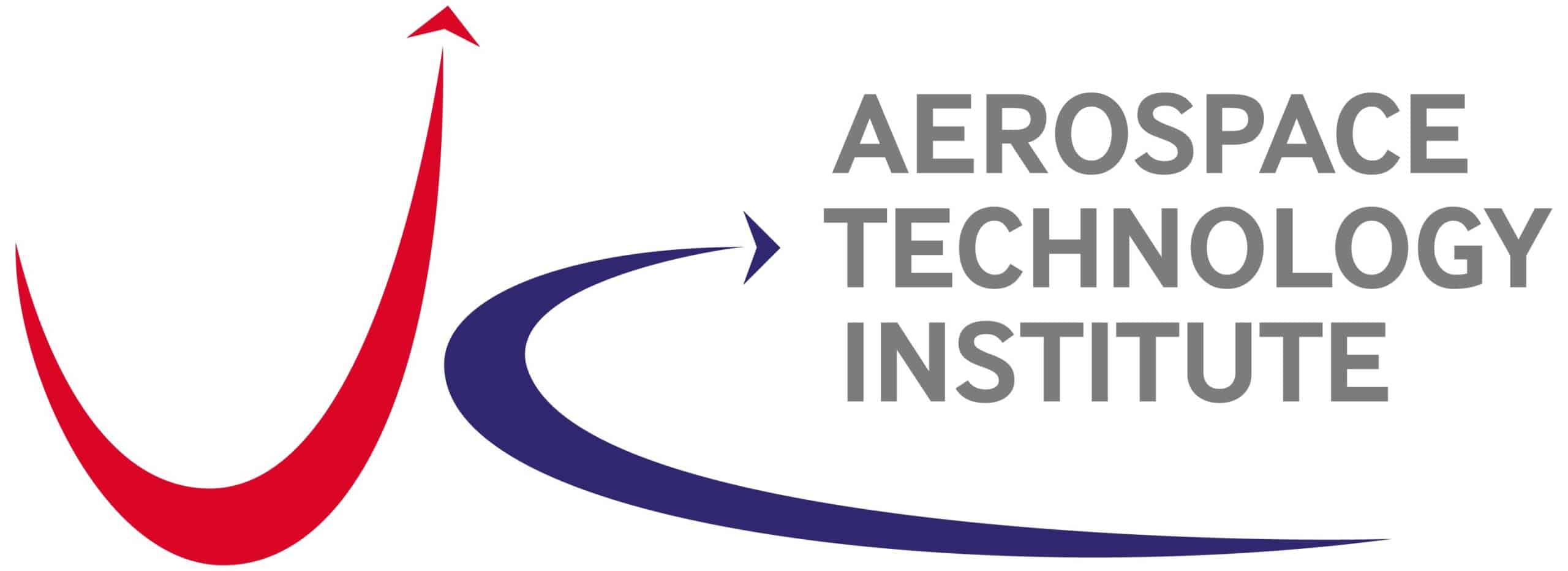Summary
The client, the UK’s Aerospace Technology Institute (ATI), is responsible for guiding innovation strategy in the UK’s thriving, high-tech aerospace sector, and works with Whitehall to co-ordinate matched public- and private-sector R&D funding totalling £3.9 billion between 2014 and 2026. The ATI asked Fathom to carry out a range of studies intended to demonstrate and quantify the value of these government interventions. This work culminated in the development of an enhanced UK Aerospace Industry Model (AIM) that allows the ATI to simulate the effects of alternative R&D funding strategies. It suggested that the ATI’s work had secured a near-permanent increase in the UK’s non-aerospace GVA of £3.2 billion a year. Outputs from the model were integral to the ATI’s successful bid for continued government funding out to 2031.
Key facts
Client
The Aerospace Technology Institute
Brief
A user-friendly model able to simulate the consequences for UK aerospace and the wider UK economy of alternative R&D funding strategies
Timescale
Ongoing since 2015
Focus area
Economics of innovation
Our approach
Fathom applies the same rigorous, proven process to every piece of work; this process is the DNA that makes up our world-leading research.
The aerospace sector is one of the UK’s success stories. An R&D-intensive industry, on the eve of the pandemic it employed 112,000 people earning roughly twice the average wage; and despite representing only 0.5% of UK GDP it accounted for 5.4% of UK exports, making the UK the world’s third-largest exporter of aerospace products. The government’s investment in the sector via the ATI demonstrates its importance to UK industrial strategy; the ATI approached Fathom for a way to quantify the benefits that this intervention bestows on the UK economy.
Fathom liaised closely with the client to agree the set of variables to be modelled and the overall modelling approach. Representatives from BEIS, the ATI’s sponsoring government department, attended the regular progress meetings to ensure that they had confidence in the end product. Once the model was working well in our specialist modelling software, we built a user-friendly front-end in Excel, which the client tested over several weeks. The ATI requested changes giving it greater control over both the key drivers of UK aerospace GVA, and the key parameters, including both the private and the social returns to R&D spending. Once the client was satisfied, we produced a model manual summarising the judgements that had been made along the way.
Delivery
Fathom had already conducted, in 2015, a survey of the literature on the returns to R&D spending, both to the individual industry and to the wider economy. The results from this work were used to calibrate the first AIM, put together in 2016. In 2018 the ATI commissioned Fathom to carry out an empirical investigation into the scale of the spillover benefits from aerospace R&D spending in particular — it found that they were substantial. These results, together with five more years of data, were used to develop the enhanced AIM. The final deliverable from this project was handed over in 2021: a user-friendly dashboard that allowed the client to interact with the model by changing some of the key drivers, period by period, and some of the key model parameters. The consequences for UK aerospace and the wider economy could then be observed, both graphically and numerically.
Key calls
Empirical work carried out by Fathom prior to development of the enhanced AIM found that the return to the non-aerospace economy from R&D spending carried out in the aerospace industry was as high as 70%, on average, in each of the first ten years.
Fathom’s AIM can be used to estimate the impact of the cumulative £1.95 billion of government grants set to be made by 2026, and matched by money from private industry, on both the UK aerospace industry and, via spillover benefits, the wider UK economy. It suggests that ultimately this R&D spending, managed by the ATI, might boost the size of the UK aerospace industry by 4%, and raise gross value added across the wider economy by £3.2 billion a year, permanently. the UK aerospace industry by 4%, and raise gross value added across the wider economy by £3.2 billion a year, more or less permanently.
Impact
Output from Fathom’s Aerospace Industry Model formed an integral part of the ATI’s successful case to the UK government for funding in the 2021 comprehensive spending review, in which the ATI received an uplift to the annual funding for R&D. The commitment to the ATI Programme was also extended from 2026 to 2031. The model also allows the ATI to consider different funding scenario’s and see the economic impact for the sector.
Testimonial
“The ATI has enjoyed working with Fathom on these studies, using their experience and knowledge to develop some great pieces of joint thought leadership. This has been underpinned by the Aerospace Industry Model (AIM) which has allowed the ATI to analyse the economic benefit of R&D funding on the sector and the UK economy. Throughout all our engagements Fathom have worked collaboratively and provided us with great expertise and insight.”

Further reading
Get in touch
For more information about our services or to discuss your needs and how we can help, please submit the form below: